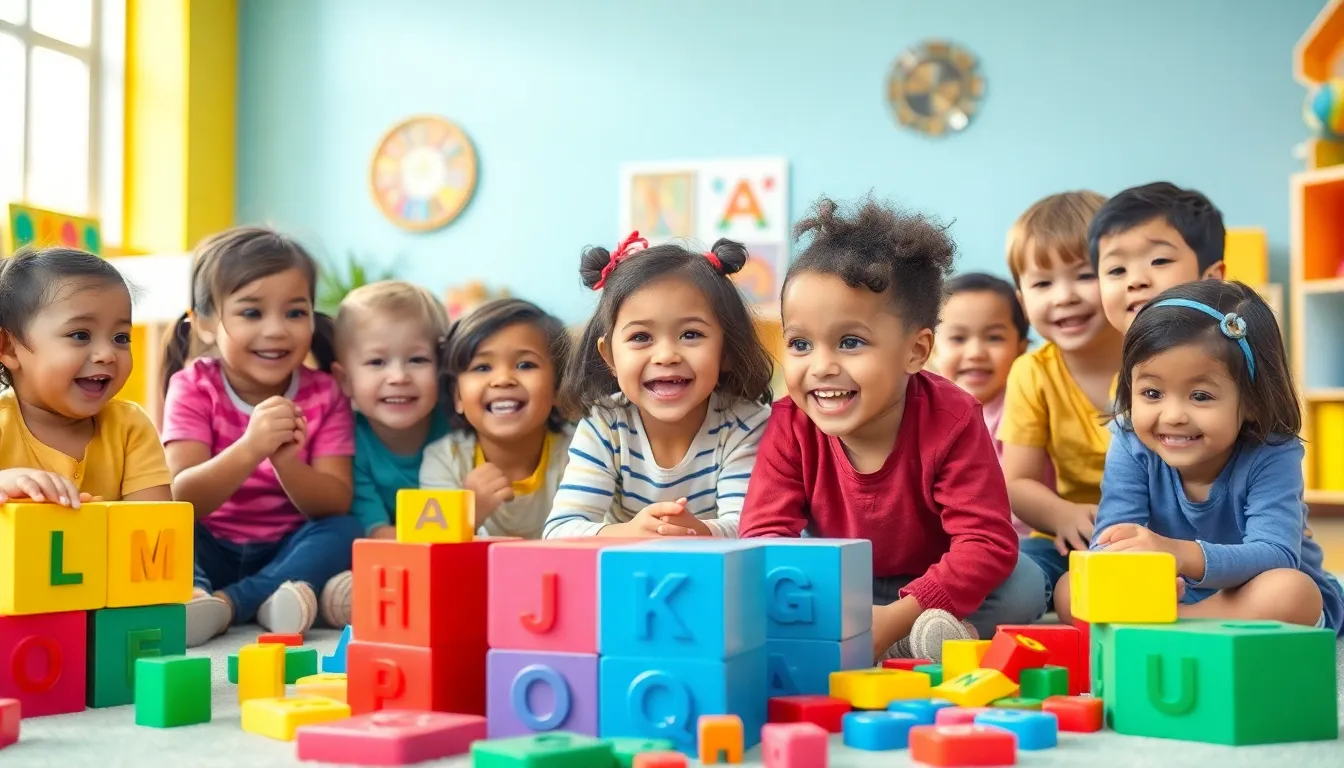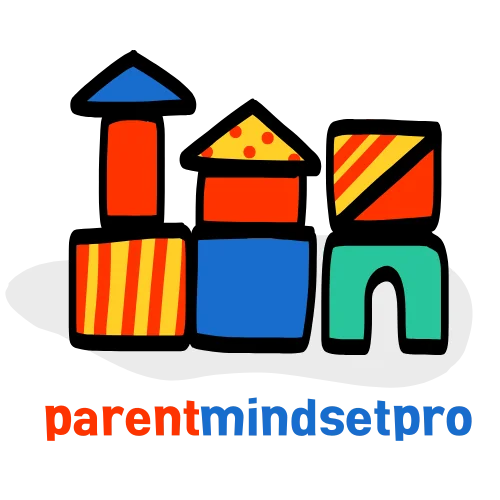In a world where “A” is for apple and “Z” is for zebra, alphabet learning toys are the magical keys that unlock the door to literacy. These playful wonders don’t just sit on a shelf; they leap into action, turning the daunting task of learning letters into a fun-filled adventure. Parents can breathe easy knowing their little ones are mastering the ABCs while giggling at silly sounds and colorful designs.
Table of Contents
ToggleOverview of Alphabet Learning Toys
Alphabet learning toys play a crucial role in early childhood education. These toys offer interactive experiences that encourage letter recognition and phonics skills. Various types of toys exist, including puzzles, blocks, and electronic gadgets designed specifically for alphabet learning.
Many toys integrate bright colors and engaging sounds. This sensory stimulation captures children’s attention and sustains their interest, making learning more appealing. For instance, a sound board featuring letters produces sounds associated with each letter, enhancing auditory learning alongside visual recognition.
Parents appreciate how these toys foster independent play. Children often explore letter combinations and words on their own, reinforcing their understanding of the alphabet. Additionally, some toys allow for collaborative play, promoting social skills as children share and learn together.
Research indicates that playful learning can significantly boost literacy skills. A study from the National Association for the Education of Young Children highlights that children exposed to alphabet toys show improved letter knowledge. Engaging with these toys aids memory retention and recall as children interact with tangible objects while learning.
On the market, options range from traditional wooden alphabet blocks to modern digital applications. The variety ensures that parents can find suitable choices for different preferences and learning styles. Importantly, selecting high-quality, age-appropriate toys enhances the educational value, providing a foundation for future literacy development.
The effectiveness of alphabet learning toys stems from their ability to blend fun with educational growth. Their design caters to children’s innate curiosity, establishing a strong foundation for lifelong learning.
Benefits of Alphabet Learning Toys

Alphabet learning toys provide unique advantages for children, enhancing their early literacy skills through engaging methods. These toys facilitate enjoyable learning experiences that foster a lifelong love for reading.
Cognitive Development
Cognitive skills flourish with the use of alphabet learning toys. They promote letter recognition and understanding, allowing children to associate phonics with visual symbols. Research shows that kids exposed to interactive alphabet toys demonstrate heightened cognitive abilities. They engage in problem-solving when fitting puzzle pieces together or identifying letters in blocks. Exposure to these toys cultivates critical thinking as children explore different letter combinations. Such experiences effectively build a solid foundation for future literacy, empowering children to succeed in reading and writing.
Motor Skills Improvement
Motor skills experience marked improvement with alphabet learning toys. Children enhance fine motor skills as they manipulate blocks and puzzles, developing dexterity in their hands and fingers. Engaging with these toys often requires grasping, stacking, or sliding components, which strengthens hand-eye coordination. Each interaction with the toys reinforces muscle memory, essential for writing and other tasks. Encouragement of this physical engagement not only supports cognitive growth but also promotes overall physical development, making alphabet learning toys invaluable for holistic childhood growth.
Types of Alphabet Learning Toys
Alphabet learning toys come in various forms, including interactive and traditional options, each serving distinct educational purposes.
Interactive Toys
Interactive toys capture children’s attention through engaging sounds and vibrant visuals. These toys often utilize touchscreens, buttons, or sensors to provide instant feedback when kids interact with letters. For instance, electronic learning tablets may feature games that teach letter sounds and recognition through fun activities. Through play, children gain valuable phonics skills and develop letter knowledge. Many interactive toys also encourage social play, letting kids work together in exploring letters and words. As they engage with these toys, they often show improved cognitive engagement and a developmentally supportive environment.
Traditional Toys
Traditional toys include puzzles, blocks, and magnetic letters, offering tactile experiences for letter exploration. These items promote hands-on learning, allowing kids to manipulate physical objects while discovering the alphabet. For example, wooden letter puzzles let children fit letters into corresponding cutouts, reinforcing recognition through visual and kinesthetic learning. Many traditional toys enhance fine motor skills as children grasp, stack, or arrange letters. These toys foster independent exploration and provide opportunities for imaginative play. Various options available ensure there’s something for every child’s learning style.
Factors to Consider When Choosing Alphabet Learning Toys
Selecting the right alphabet learning toys involves evaluating various factors to ensure they effectively support literacy development.
Age Appropriateness
Choosing age-appropriate toys aligns with a child’s developmental stage. For toddlers, simple letter blocks or soft toys work best, as they enhance tactile exploration. Preschoolers benefit from interactive puzzles that promote letter recognition and problem-solving skills. Both options cater to distinct learning needs. Older children might find educational tablets engaging, blending technology with traditional learning. Selecting toys that match a child’s age ensures optimal engagement and effectiveness.
Educational Value
High educational value remains crucial when selecting alphabet learning toys. Some toys promote letter recognition through engaging sounds and visuals while others focus on phonetic skills. Interactive models often provide immediate feedback, reinforcing learning. Traditional toys, like magnetic letter sets or puzzles, encourage hands-on exploration and deepen understanding of language. Prioritizing toys that blend play with educational content fosters a love for reading and literacy.
Safety Features
Safety features cannot be overlooked when assessing alphabet learning toys. Non-toxic materials and durable construction safeguard against potential hazards. Round edges and lightweight components reduce the risk of injury during play. Choose toys that comply with safety standards to ensure peace of mind for parents. Selecting toys that emphasize safety supports children’s exploration while allowing them to focus on learning without worry.
Alphabet learning toys play a vital role in early childhood education by making the process of learning letters enjoyable and interactive. With a variety of options available parents can choose toys that not only engage their children but also support their cognitive and motor skill development. These toys encourage independent exploration and social interaction enhancing both literacy and critical thinking skills.
Selecting high-quality toys that align with a child’s developmental stage ensures that learning remains fun and effective. By prioritizing safety and educational value parents can help their children build a strong foundation for future literacy. Ultimately alphabet learning toys are more than just playthings; they are essential tools that nurture a lifelong love for reading and learning.
